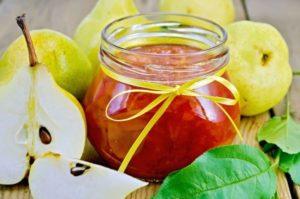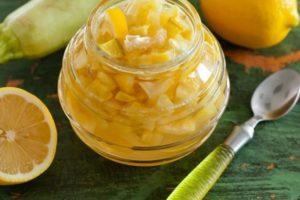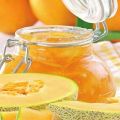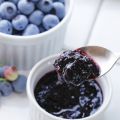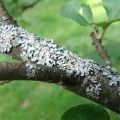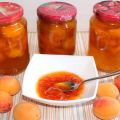Why does jam grow moldy in jars and what to do, rules for seaming and storage
One of the most popular and beloved preparations for the winter is jam. Most of the fruits retain their flavor and useful properties throughout the winter. However, if the rules of preparation and storage are not followed, the product may deteriorate - covered with mold. There are several reasons why jam in jars sometimes grows moldy, which we will tell about.
Content
Why does jam in jars grow moldy
The process of making jam is simple, but it requires cleanliness and following the recipe. Deviations in the quantity of ingredients, cooking duration or storage conditions will lead to mold formation.
The reasons:
- insufficient amount of sugar;
- reduction of cooking time;
- use of contaminated containers, refusal to sterilize;
- loose sealing of cans;
- storage of the product in rooms with high humidity.
Not only sealed jars of jam, but also uncorked containers are exposed to mold. A loosely closed lid is a favorable breeding ground for mushrooms. They form a light gray film on the surface of the product. It not only spoils the taste and appearance, but when consumed can have a negative effect on the human body.
What to do if mold has formed on the jam?
After opening a jar of dessert, it is important to pay attention to the condition of the lid and the surface of the sweetness. If the top of the jam gets moldy, the product is most likely spoiled.
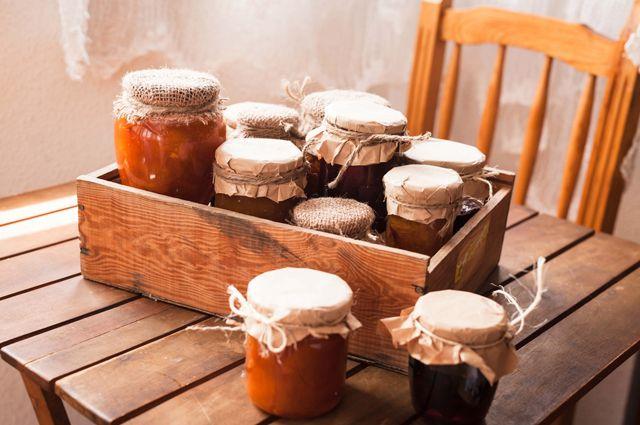
The spores and mycelium of fungi are so small that it is difficult to notice their spread inside the jar, therefore, removing the top mold "cap" does not always mean that the product has been completely removed from it. However, the treat can be saved if the correct actions are taken.
Dessert recovery options:
- Freeze jam.
The product is placed in a container and sent to the freezer for a day. It is important to consume the thawed product within 2-3 days.
- Re-heat treatment.
The jam is transferred to a saucepan and granulated sugar is added. There are 100 g of sugar per kilogram of product. Boil for 10 minutes.
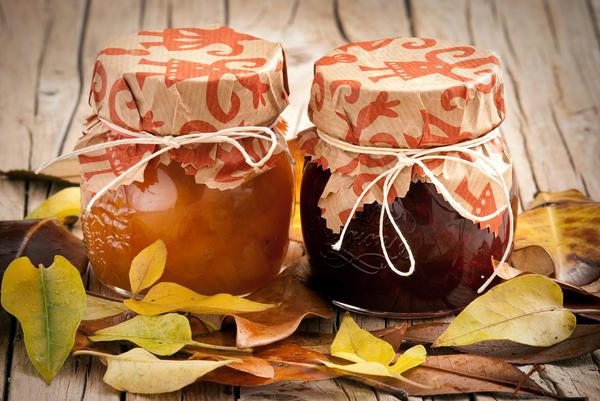
The methods are effective if the jam has become moldy on the surface and the spores have not penetrated into the syrup and fruits. If the preservation has changed its taste, it is better to throw it away.
What happens if you eat a moldy treat?
Eating any product showing signs of developing mold can have a negative impact on human health.Most often this is a disorder of the digestive system or allergic reactions.
Such symptoms appear if you regularly eat mold in large quantities.
Eaten a few spoons of moldy treats usually do not cause side effects in a person, except for a feeling of unpleasant taste in the mouth. A good immune system helps you digest these foods without consequences.
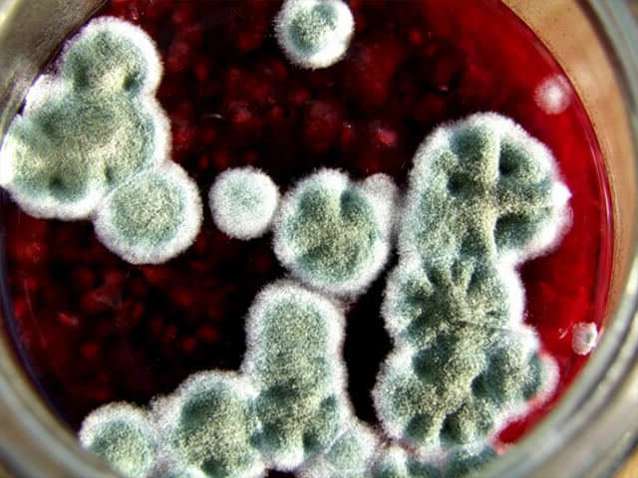
As a first aid for the use of mold, you can drink activated charcoal or wash your stomach. If the condition worsens, consult a doctor.
Danger of mold
It is undesirable to eat foods with mold. Despite the fact that some of them are the source of antibiotics and do not pose a threat to human health, pathogenic fungi can also grow in the jam, which can have a negative effect on the body's systems.
Complications:
- Diseases of the gastrointestinal tract.
- Kidney inflammation.
- Violation of the microflora of the mucous membranes.
- Allergic reactions.

Such a product is dangerous for children and the elderly, whose protective functions of the body are insufficiently developed or weakened. Diseases caused by mold are difficult to diagnose, can become chronic and accompany a person throughout his life.
How to properly close the jam so that it doesn't grow moldy?
The jam will retain its taste and consistency if it is made according to the recipe, while observing cooking times and proportions.
Tips:
- Consider the ratio of the amount of sugar and fruit. It is worth remembering that the addition of citrus fruits, spices, citric acid, water can change the consistency and taste of the jam.
- Maintain the required time for cooking, check the condition of the syrup and the readiness of the fruit.
- It is good to wash the container and process it at a hot temperature to exclude the development of bacteria.
- Seal the conservation hermetically - air and humidity are the best conditions for the development of bacteria.
- Avoid temperature extremes, condensation.
- Store in a cool, dark place.

Special attention should be paid to cooking utensils. It is better to refuse aluminum or copper basins and use enamelled containers or stainless steel pots.
How to keep the product from mold without rolling it up?
Many housewives prefer to use capron or threaded caps, but in order to protect such a product from the growth of mold, several rules must be followed.
Recommendations:
- boil fruits with a lot of sugar;
- increase the cooking time;
- put a small piece of paper soaked in alcohol on the surface of the jam;
- wash the container thoroughly before filling it;
- do not use covers that show signs of rust or damage;
- do not preserve temperature differences;
- fill the jar no more than 1 cm from the edge;
- Keep refrigerated.

The jam is not rolled up for the winter when it is prepared according to the "five-minute" recipe. So it retains more nutrients, but it is also stored less. It is better to pour “quick” jam into jars after it boils so that the hot temperature destroys possible bacteria inside the container.
Where and how best to store the blanks?
The best place to store preservation is considered to be a dark room with cool and dry air. Usually this is a cellar, but you can leave the jam in the room or on the balcony.
Recommendations:
- do not store near heating devices;
- do not allow banks to be exposed to direct sunlight;
- keep uncorked containers in the refrigerator;
- for one-time use, put a portion of the jam in a separate container.
The shelf life of berry blanks is 9-12 months. Jam made from berries with seeds should be consumed within six months. It is better to eat an opened can in two weeks.
